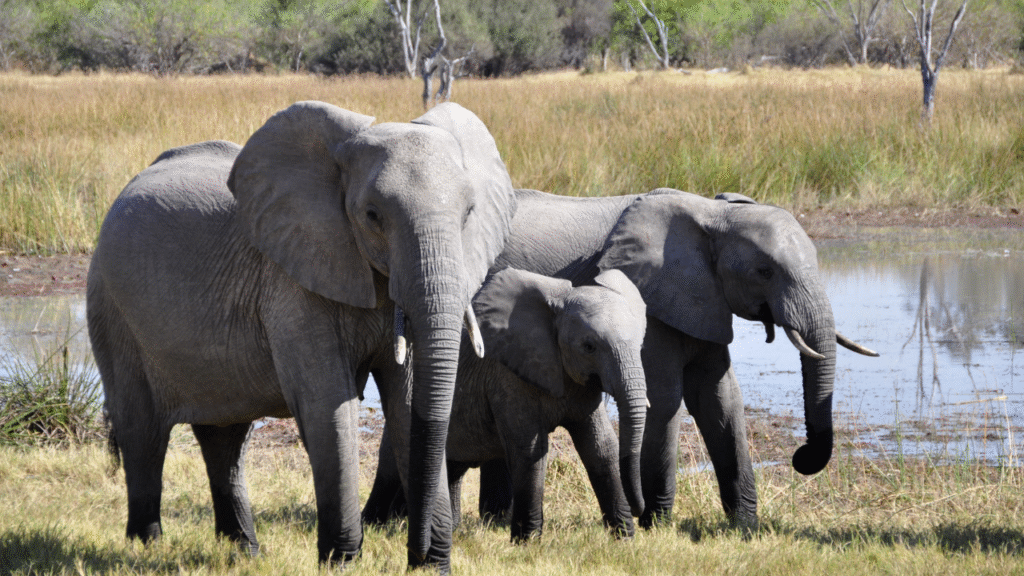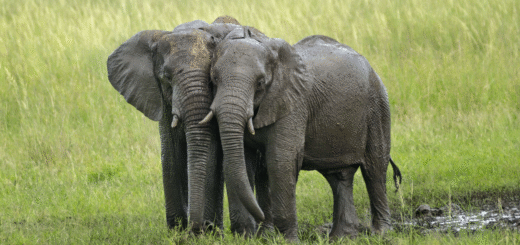The Sound of Giants: Elephant Vocalizations Explained
When you think of elephant, you might picture their massive size, impressive tusks, or gentle eyes. But there’s another powerful trait that defines these majestic creatures—their voice. Elephants are some of the most vocal land mammals, using a wide range of sounds to communicate with each other across vast distances. In this article, we’ll explore the fascinating world of elephant vocalizations, how they communicate, and what these sounds reveal about their intelligence and emotions.

Understanding Elephant Communication
Elephants don’t just trumpet. They rumble, roar, squeak, chirp, snort, and even purr. Each of these sounds serves a specific purpose, whether it’s calling out to family members, warning of danger, or expressing joy. Communication is critical for elephants, especially since they live in tight-knit herds and often travel across large areas.
The Low-Frequency Rumble
One of the most important vocalizations elephants use is the low-frequency rumble. This deep, almost inaudible sound can travel up to 10 kilometers through the ground. Elephants detect these vibrations through their sensitive feet and trunks. These rumbles are used for:
- Long-distance calls between herds
- Coordinating movement
- Mating calls from males to females
- Mother-calf bonding
Scientists have found that each elephant has a unique “voice print,” meaning individuals can recognize each other just by the sound of their rumbles.
Trumpeting: More Than Just Noise
The trumpet is perhaps the most iconic elephant sound. It’s loud, expressive, and easily recognized. Elephants trumpet for various reasons:
- Excitement or playfulness
- Warning of danger
- Celebration or joy (e.g., greeting a friend)
- Aggression or fear during confrontation
The intensity and length of a trumpet can vary depending on the emotion behind it.
Squeaks, Roars, and Snorts
Aside from rumbles and trumpets, elephants also make:
- Squeaks and chirps – often heard among calves, indicating curiosity or playfulness.
- Roars – during intense emotions, like pain or distress.
- Snorts and grumbles – as short-range alerts or when something unusual is happening.
Each sound, no matter how subtle, carries meaning and is often accompanied by body language like ear flapping, trunk raising, or foot stomping.
Infrasonic Communication: The Elephant’s Secret Language
One of the most incredible discoveries in elephant research is their use of infrasound—frequencies below the range of human hearing. These sounds allow elephants to communicate silently over vast distances, especially in dense forests or savannas. This form of communication is used for:
- Mating signals between males and receptive females
- Herd coordination during migration
- Warning calls about predators or environmental changes
Infrasonic communication highlights the advanced intelligence and social complexity of elephants.
What Elephant Vocalizations Tell Us About Their Emotions
Elephants are known for their emotional depth, and their vocalizations often reflect this. Mothers hum to soothe their babies. Herd members rumble when comforting a grieving elephant. Their voices mirror their inner world, proving that elephants are not only intelligent but also empathetic.
Why This Matters: Conservation Through Understanding
Understanding how elephants communicate is more than just fascinating—it’s vital for conservation. As human activity disrupts elephant habitats, the ability to recognize stress or distress calls can help researchers intervene early. Additionally, anti-poaching efforts often use acoustic monitoring to track elephant movements and detect illegal activity.
Final Thoughts
Elephants speak a language all their own—one that spans frequencies, emotions, and distances. From thunderous trumpets to gentle rumbles beneath the earth, the sound of giants is more than noise—it’s a symphony of survival, connection, and intelligence.
As we learn to listen, we gain not just knowledge, but respect for one of the most magnificent creatures walking our planet.








